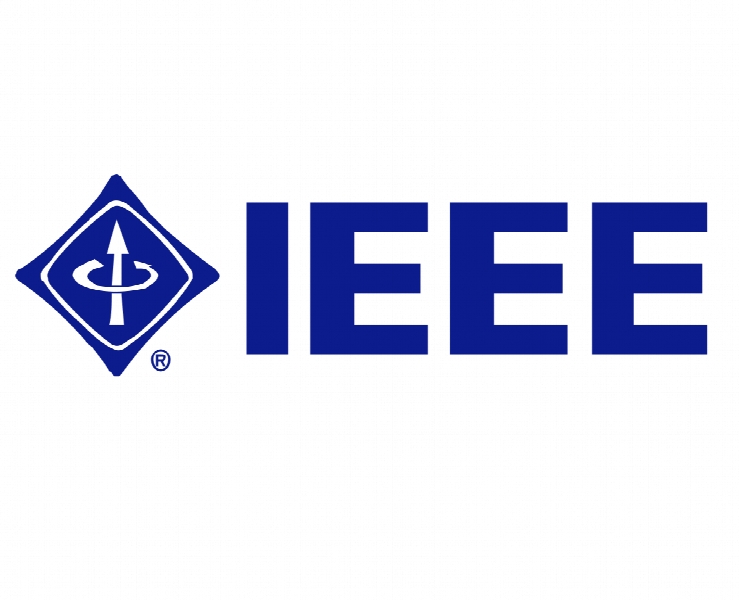کنترل توزیع ریزشبکه های اینورتر متصل با جریان خطی گذرا محدود Distributed Control of Inverter-Interfaced Microgrids with Bounded Transient Line Currents
- نوع فایل : کتاب
- زبان : انگلیسی
- ناشر : IEEE
- چاپ و سال / کشور: 2018
توضیحات
رشته های مرتبط مهندسی برق
گرایش های مرتبط مهندسی الکترونیک، سیستم های قدرت
مجله معاملات در انفورماتیک صنعتی – Transactions on Industrial Informatics
دانشگاه Department of Electrical and Computer Engineering – Lehigh University – USA
منتشر شده در نشریه IEEE
کلمات کلیدی انگلیسی —Inverter-interfaced microgrids, distributed generator, transient line current, feedback linearization
گرایش های مرتبط مهندسی الکترونیک، سیستم های قدرت
مجله معاملات در انفورماتیک صنعتی – Transactions on Industrial Informatics
دانشگاه Department of Electrical and Computer Engineering – Lehigh University – USA
منتشر شده در نشریه IEEE
کلمات کلیدی انگلیسی —Inverter-interfaced microgrids, distributed generator, transient line current, feedback linearization
Description
I. INTRODUCTION nverter-interfaced distributed generator (DG) is the basic building block of the rising microgrid paradigm [1]. Various types of DG such as photovoltaic, wind turbine and fuel cell are interfaced to the microgrid through power electronic converters/ inverters [2]. The inverter-interfaced DGs are flexible and have fast response speed. Such advantages make DGs easier to operate and control than conventional synchronous generators (SGs) [3]. However, controlling microgrids consisted of such DGs are challenging due to the negligible inertia, intermittent generations, together with severe load changes. If the challenges are not handled properly, the advantages and potentials of the inverter-interfaced microgrid cannot be fully unlocked. Since microgrid is one of the key components for the future smart grid, its performance somehow determines whether the successful deployment of smart grid can be achieved. Thus, operation and control of microgrids have been a hot research area over the last decade. There are significant differences between traditional large-scale power systems and inverter-interfaced microgrids [4]. Traditional control solutions, which have been proven to be effective for large-scale power systems, cannot be introduced to microgrids without modifications [4]. The first and the easiest type of solutions is to increase the “virtual” inertia of the inverter-interfaced microgrids so that microgrids can behave similarly to the traditional power systems [5]. However, these solutions cannot fully unleash the potential of microgrids in terms of flexibility and response speed. The second category of solutions is to model such microgrids as fully decoupled subsystems with impacts of neighboring subsystems formulated as measurable disturbances. At primary control level, droop and inner cascaded loops of proportional-integral (PI) controls are deployed to track the control references regulated by the upper secondary control level. Since microgrids are modeled similar to that of unmanned vehicle systems that have no physical connections among subsystems, many existing solutions in cooperative control [6-7], optimal control [8-9] and game theory [10-11] can be introduced. In the past years, there are many successful developments along this route. These works definitely promote researches on microgrid controls and help bridge the gaps among related societies, especially controls, power systems, and power electronics [5-11]. However, there are still many open problems that deserve further investigation.


